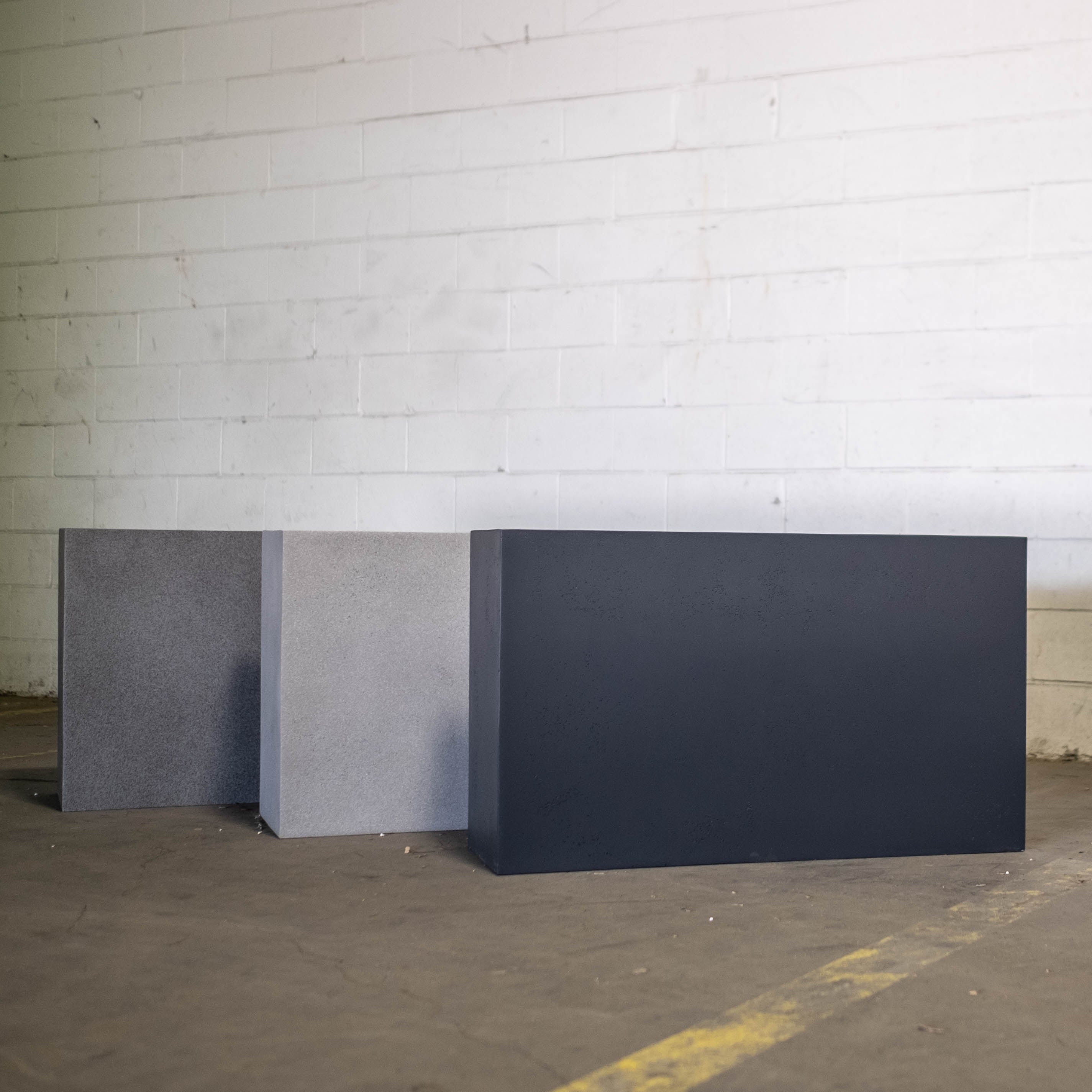
Planters & Accessories for Bulk Orders & Businesses
Looking to enhance your business or commercial space with high-quality planters? Our Planters Catalogue offers a variety of modern, decorative, and functional planters perfect for offices, hotels, retail stores, and more. Whether you need sleek indoor planters or durable outdoor options, our wholesale collection ensures you get the best styles and pricing.
Wholesale Planters and Accessories
For a full list of available planters, please contact us directly. Our online store only features items that can be delivered, but we offer many more options for bulk orders and business solutions that are not listed online. Let us help you find the perfect planters for your commercial projects.
-

Fiberglass 5840.029 wh-01-05
Request a Quote -

Zinc Planters Nnp000380
Request a Quote -

Fiberglass 8020.025 wh-01-05
Request a Quote -

Zinc Planters Nnp0076
Request a Quote -

Zinc Planters Nnp0023
Request a Quote -

Zinc Planters Nnp00829
Request a Quote -

Zinc Planter Nnp00132
Request a Quote -

Zinc Planters Nnp00829
Request a Quote -

Zinc Planter np00411
Request a Quote
-

Zinc Planter np00411
Request a Quote -

Solar Flame Garden Light
Request a Quote -

Zinc Planter np00995
Request a Quote -

Fiberglass 7450.077 bk-01-05
Request a Quote -

Fiberglass7450.077s
Request a Quote -

Fiberglass 7450.077 as 01-05
Request a Quote
Canada's #1 Artificial Garden Centre
Why Silk Plant?
With decades of experience, an extensive network, and a commitment to excellence, Silk Plant has become Canada’s go-to source for premium faux plants and florals. Whether you’re looking for a statement piece or a full custom installation, we’re here to help you create a lasting impression—without the upkeep of real plants.
Frequently Asked Questions about Wholesale Planters and Accessories
What material is used for planters?
Planters can be made from a variety of materials, including ceramic, concrete, plastic, wood, metal, and even eco-friendly options like recycled materials. Ceramic planters are popular for their aesthetic appeal, while concrete planters are known for their durability. Plastic planters are lightweight and affordable, whereas wooden and metal planters add a rustic or modern touch, depending on the style.
What is the best material to make planters out of?
The best material for planters depends on your specific needs. If you're looking for durability and a contemporary look, concrete and metal planters are great options. Ceramic is ideal for decorative purposes and suits indoor plants well. For lighter, portable options, plastic planters are preferred. Wood planters are excellent for those who want a natural, rustic aesthetic. Ultimately, the best material balances durability, style, and the type of plants you are growing.
How long do concrete planters last?
Concrete planters can last for decades if properly cared for. Due to their weight and strong composition, concrete planters are resistant to damage from the elements, making them a long-lasting choice for both indoor and outdoor use. To maximize their lifespan, it's essential to protect them from extreme temperatures and moisture, as cracking can occur over time if exposed to freezing and thawing conditions.
What are the qualities of a good planter?
A good planter should be made from durable material, have proper drainage to avoid waterlogging, and be sized appropriately for the plant’s root system. It should provide stability and support for the plant while allowing room for growth. Additionally, it should offer aesthetic appeal that complements its surroundings, be easy to move if needed, and be weather-resistant if used outdoors.
Are ceramic or plastic planters better?
Ceramic and plastic planters each have their own advantages. Ceramic planters are heavier, which helps them resist tipping over, and they offer a more decorative and upscale look. However, they are more fragile and can crack easily if dropped. Plastic planters are lightweight, durable, and less expensive, making them ideal for larger plants or those that need frequent repositioning. They also tend to retain moisture better than ceramic planters, which is helpful for certain plant types.
How do you protect concrete planters?
To protect concrete planters, ensure they are sealed properly to prevent water from penetrating the surface, which can cause cracking in freezing temperatures. During the winter months, it's a good idea to store them in a sheltered area or elevate them off the ground to avoid direct contact with moisture. Cleaning concrete planters regularly to remove dirt and debris can also help maintain their longevity and appearance. For outdoor concrete planters, consider using a protective coating that can shield them from the elements.






























